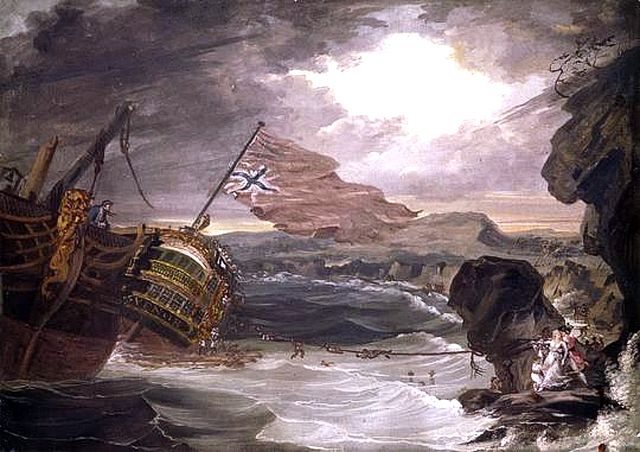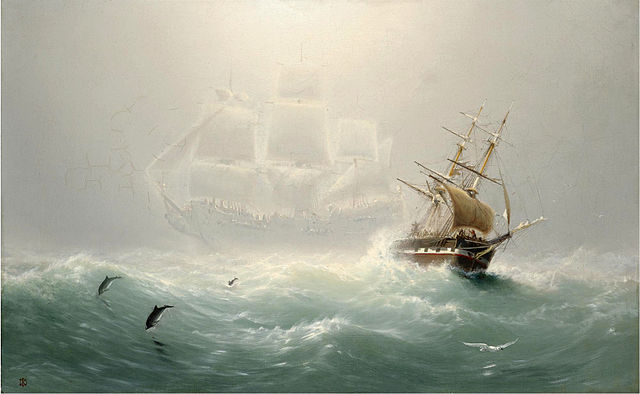The Holbrook Explorer

Cape of Good Hope: 3 Tales of Shipwrecked Sails
Cape of Good Hope: 3 Tales of Shipwrecked Sails
Despite its ironic name, the Cape of Good Hope has been anything but for sailors passing through its rugged coastal waters. In the past 500 years, more than 2,500 vessels have sunk near these rocky shores lining South Africa, deeming it more proper nicknames like its alleged origin as the "Cape of Good Storms," as well as its common reference as the "graveyard of ships." Because of this, several stories exist about the notorious trade route near Cape Town. While clear myths are famously retold, sometimes the truth can be stranger than fiction. Whether true or false, here's a few of the most mysterious legends that still surround "The Cape" today. 
The Waratah: When this vessel was en route to Cape Town from Durban in the early 1900s, its journey came to a halt just before its arrival. The 500-foot steamship disappeared, and 211 passengers disappeared along with it. A century after its disappearance, the mystery of the ship's whereabouts seemed to be solved when a marine explorer named Emlyn Brown announced his discovery of the long-lost wreck near an area of high current activity. However, soon after his announcement, the wreck was identified as another similar ship, and to this day the Waratah still remains to be discovered.
The Grosvenor: The cause of this 1782 shipwreck, which inspired an essay by Charles Dickens, a painting by George Morland and a series of writings by the East India Company's hydrographer, may have swallowed a vessel carrying 150 crew members and passengers, but the illustrious story of the Grosvenor derives from the aftermath of its survivors—or at least, its initial survivors. The some odd 120 castaways that made it safely to shore found many of their possessions nearby. As they continued trekking to Cape Town, they hailed their Dutch flag, which angered the local people as they remembered past conflicts. Eventually, only 18 survivors reached the last leg of their journey, four of which returned to England once they did. More than 100 years later, gold and silver coins were found along the shore, which led people to believe there were great treasures aboard the Grosvenor. The shipwreck has never been found, but scavengers still believe there is treasure to be found somewhere along the "Wild Coast," which is also the nickname coined from this story.
The Flying Dutchman: Along with its superstitious reputation comes tall tales of a ghost ship doomed to sail for the rest of eternity. And even though the haunting tale is known to be fictitious, some elements of this story aren't fables. Truth be told, there was, indeed, a captain named Hendrick Vanderdecken who set sail in 1680 from Amsterdam en route to Dutch East India. Legend has it the Dutch captain persisted through heavy storms, against the pleas of his crew that believed the storms to be a warning from God. After the vessel inevitably sunk and sent all its passengers to their deaths, it is believed the captain's stubbornness doomed all aboard to sail near the Cape for eternity. So, what makes this simple story so famous? Over the years, there have been several claims of seeing the phantom ship sail the skies. Some people have even feared a collision based on what they saw before it quickly disappeared. Whether you believe these tales or not, you have to admit the sheer number of incidents that have occurred on this coast is quite high. But you shouldn't let that stop you if you're thinking about visiting. These stories only scratch the surface of South Africa's lengthy history. So if you've been on the fence about visiting the most south-western point on the African continent, pack your bags and go—that is, if you dare.


